
Everyone is talking about the amazing turn of events in the industry that came along with the introduction of the blockchain revolution. If you are working in the corporate sector, the IT industry, or even banking and financial organizations, blockchain is a term that everyone has come across recently.
There are a lot of complex answers that will puzzle your mind, after all, blockchain is a simple word but hides a complex network of events beneath it. On the positive side, this complexity is what makes blockchain the most secure technology innovation on today’s date.
Let’s understand blockchain with a simple example.
We all have certain transactions or money transfers to be done with our friends, families, or even to some clients. Generally, there is a bank operator linked in between the sender and the receiver with whom we have to share the account address of the sender. The transaction entry and registration details are updated on both the accounts -sender and receiver.
Very few people have an idea that this entire process can be tampered or manipulated easily. To make transactions more secure, blockchain has come to the fore with an advanced set of cryptographic security. So let’s know about some of these features of blockchain technology that are replacing traditional ledger systems.
1. No Tampering With Add-Only
One of the most eye-catching features of the blockchain facility is that data is only added to the system. Once the data gets added, there is no scope for it to be changed or altered or replaced. Also, data is secured using cryptography, which makes the system practically immune from changeability or tampering.
2. Peer-To-Peer Transfer
Data transfer in a blockchain network happens directly from one peer to another without the involvement of any third party in the overall process. There is no centralized authority that can manipulate data exchange, which makes it user-centric.
3. Distributed Ledger
The blockchain system is a distributed ledger, which means the transaction details are spread in the whole network at the same time, whereby making it protected from any sorts of tampering.
4. Decentralized Consensus
It is one of the essential aspects of today’s blockchain technology, which means the ledger is updated automatically via consensus making the entire procedure a decentralized network. The updating process strictly complies with the blockchain protocol and excludes any interference of central authority.
All this is about the blockchain technology, but how does it work?
Let’s focus our interest on this part of the topic.
The blockchain is simply a chain of blocks (or data). Each block in the system is comprised of three segments which include transaction data, timestamp, and a hash from the previous block (through which all the blocks are connected to each other).
– Generally, a transaction is initiated via a Gossip protocol, which is verified by the peers.
– After the completion of the validation procedure, the transaction data is included in a particular block and then transferred to the whole network.
– This new block, as a part of the ledger, gets linked to the next block through cryptographically secured hash blocks.
– While the newly created block gets confirmed for the first time, the transaction gets its second confirmation. In this way, transactions are confirmed each time a new block gets created in the blockchain system. In a Bitcoin network of the blockchain, a total of six confirmations are needed for any transaction to be counted as final.
This is how the most famous blockchain technology works. Due to its secure data exchange, nowadays, It is seeping into other industrial sectors like healthcare, real estate, government voting systems, and digital contracts.

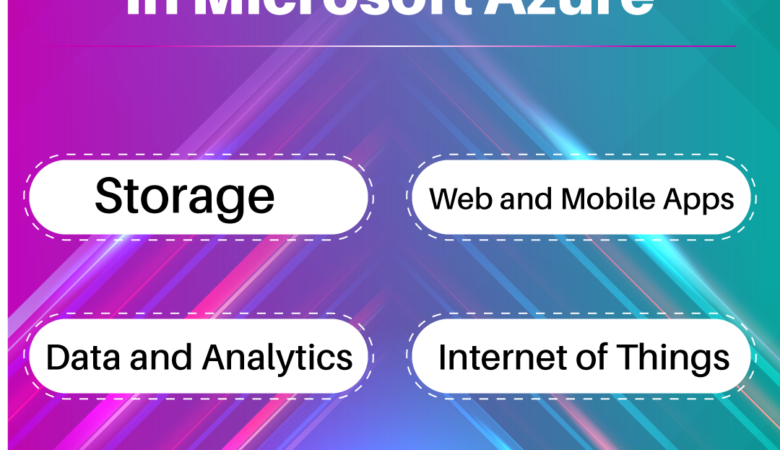
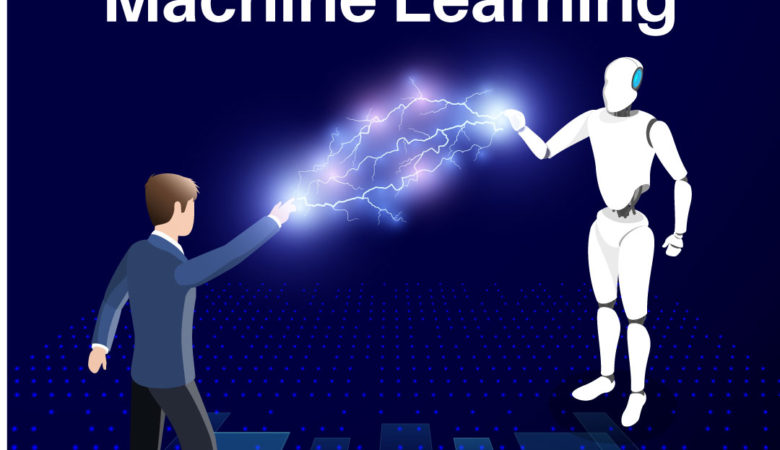
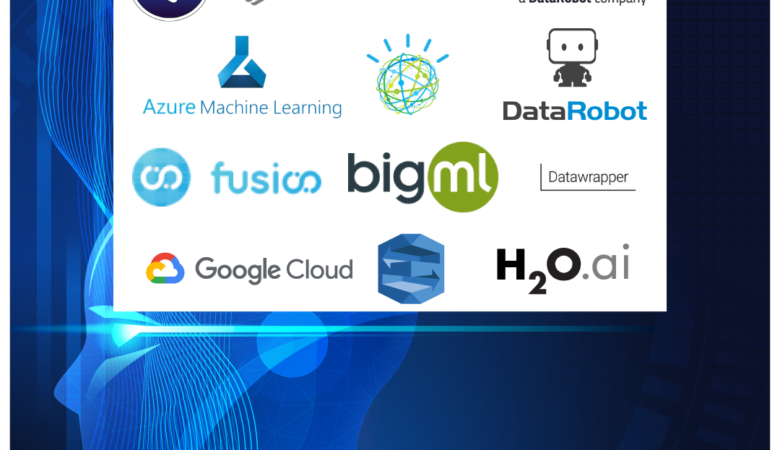
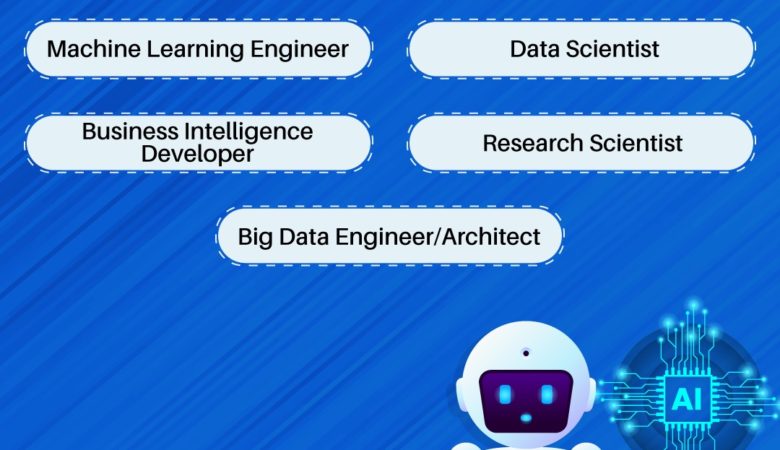



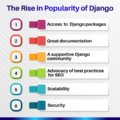
Leave a Reply